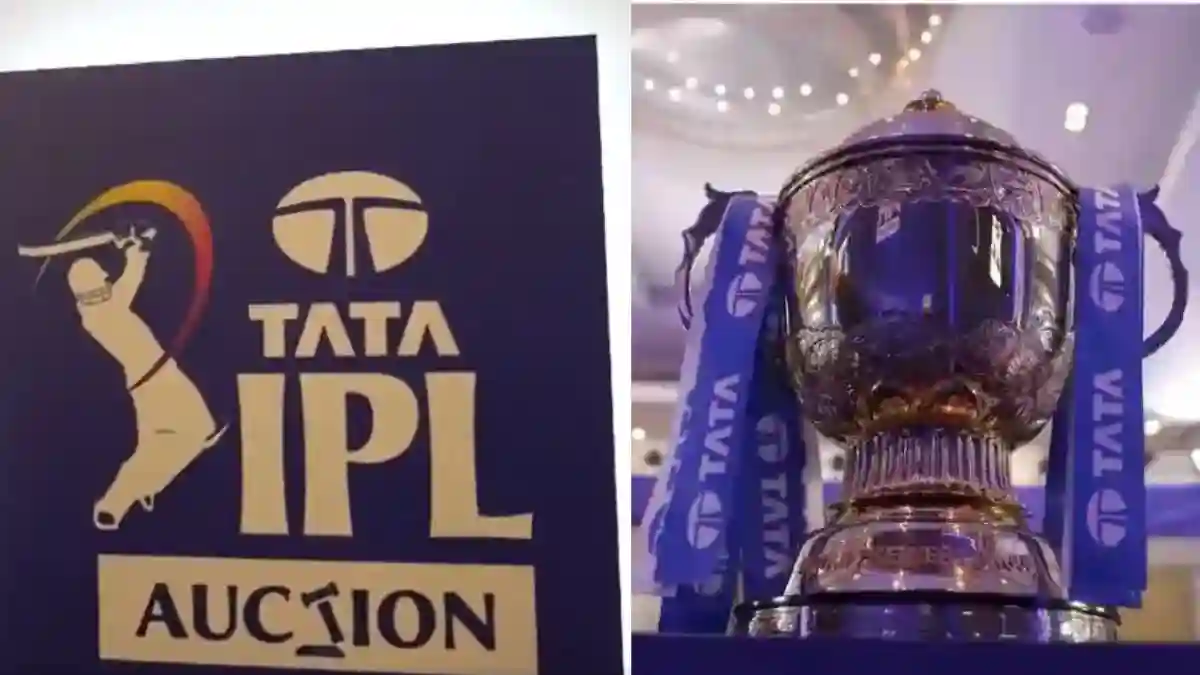The Indian Premier League (IPL) is not just a cricket tournament—it’s a cultural and business phenomenon. Since its inception in 2008, IPL has dramatically transformed the game of cricket, combining the world of sports with entertainment, business, and massive media attention. The impact of IPL has been profound, revolutionizing cricket’s global appeal and its financial model. The league has not only given rise to new cricketing stars but has also altered the way fans engage with the sport. Today, IPL stands as one of the world’s most-watched sporting events, playing a major role in shaping the future of cricket.
The Birth of IPL: A Game-Changer
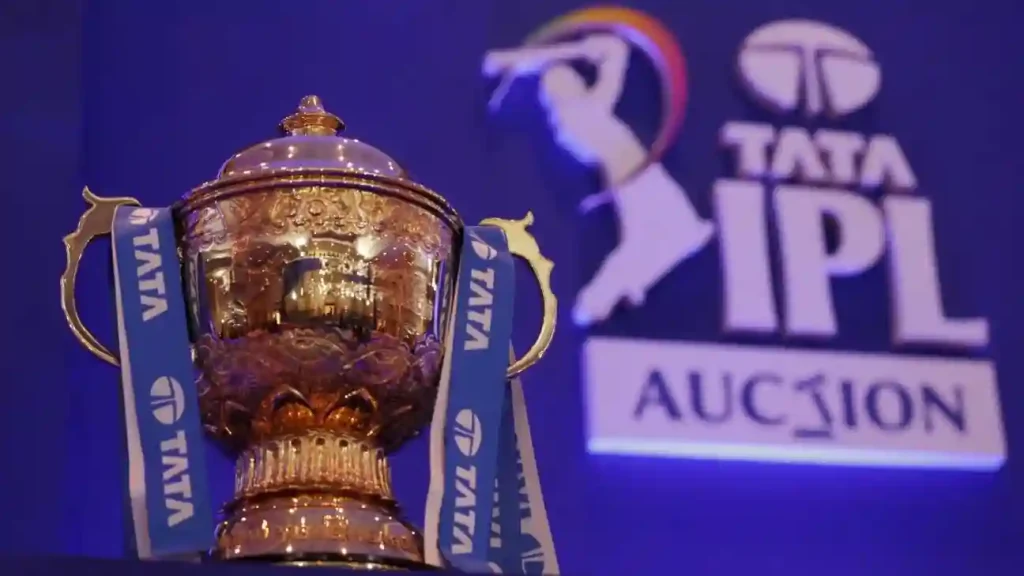
Inception in 2008: The idea of IPL was conceived by the Board of Control for Cricket in India (BCCI) under the leadership of Lalit Modi, who saw an opportunity to merge the sport of cricket with entertainment. The inaugural season of IPL was launched in 2008, bringing together both Indian and international players. This innovative format of T20 cricket with city-based franchises, big money, and celebrity owners made it a game-changer.
Skepticism and Success: Initially, many were skeptical about whether the IPL would succeed, as the concept of a fast-paced T20 league was unfamiliar to most cricket fans. However, it quickly turned into a massive success, attracting millions of viewers in India and abroad. In just a short time, IPL became more than a cricket competition—it was a spectacle combining sport, entertainment, and business.
Franchise Model: IPL’s franchise-based system was revolutionary. Instead of national teams, IPL introduced city-based franchises, each with its own set of players. This made the league more competitive, as each team could buy the best players from across the globe, fostering an environment where the focus was on entertainment and performance rather than just traditional national pride.
IPL Players Who Made it to the Indian National Team
Player Name | IPL Franchise | Year of IPL Debut | Year of India Debut |
Hardik Pandya | Mumbai Indians | 2015 | 2016 |
Rishabh Pant | Delhi Daredevils | 2016 | 2017 |
Jasprit Bumrah | Mumbai Indians | 2013 | 2016 |
Rising Players: From IPL to National Team
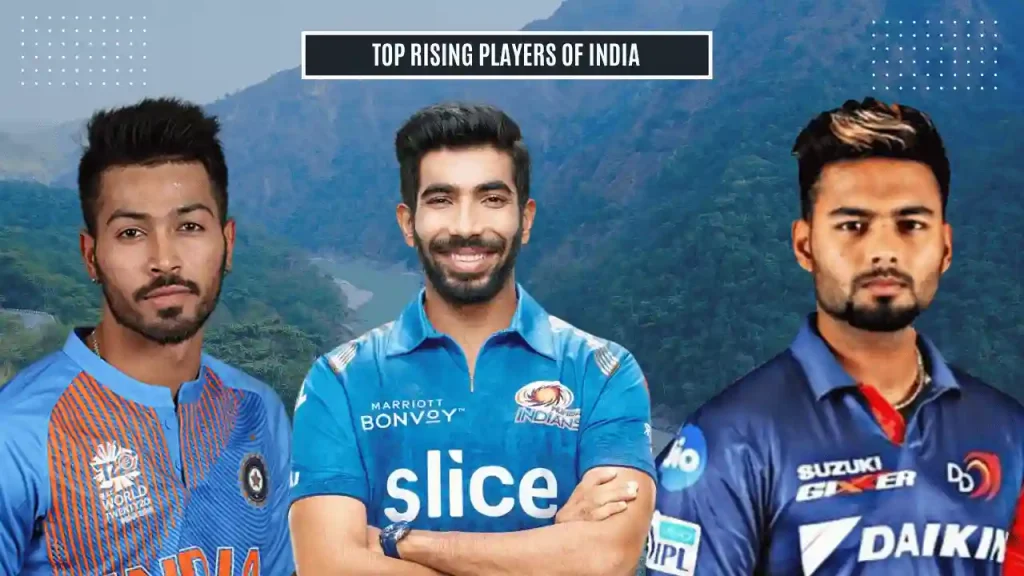
One of the most significant impacts of IPL has been its role in identifying and nurturing young talent, enabling them to rise through the ranks and play for the national team. IPL has served as a platform for domestic players to showcase their skills and gain exposure on the global stage.
Key Players’ Journey
Hardik Pandya: Hardik Pandya’s rise to fame is a prime example of how IPL has changed the careers of young cricketers. Pandya, who started his IPL career with Mumbai Indians in 2015, quickly became known for his aggressive batting and valuable contributions as an all-rounder. His consistent performances in the IPL led him to make his debut for India in 2016, and since then, he has become a key player in India’s limited-overs squad.
Rishabh Pant: Rishabh Pant’s journey from the Delhi Daredevils (now Delhi Capitals) to the Indian national team is another example of IPL’s role in shaping young talent. Pant’s fearless batting style and ability to play under pressure were evident from his early days in IPL. His breakthrough moment came in IPL 2016, and by 2017, he had earned his place in the Indian team. Today, Pant is one of the most dynamic wicketkeeper-batsmen in world cricket.
Jasprit Bumrah: Jasprit Bumrah’s story is a testament to how IPL can make a player’s career. Known for his pinpoint yorkers and deadly pace bowling, Bumrah made his IPL debut with Mumbai Indians in 2013. His brilliant performances in IPL led him to the Indian national team in 2016. Now, Bumrah is regarded as one of the finest fast bowlers in world cricket, particularly in limited-overs formats.
IPL Teams and Their Estimated Value (2024)
IPL Team | Estimated Value (in $ Million) |
Mumbai Indians | 1,300 |
Chennai Super Kings | 1,200 |
Kolkata Knight Riders | 1,100 |
Royal Challengers Bangalore | 1,000 |
Delhi Capitals | 850 |
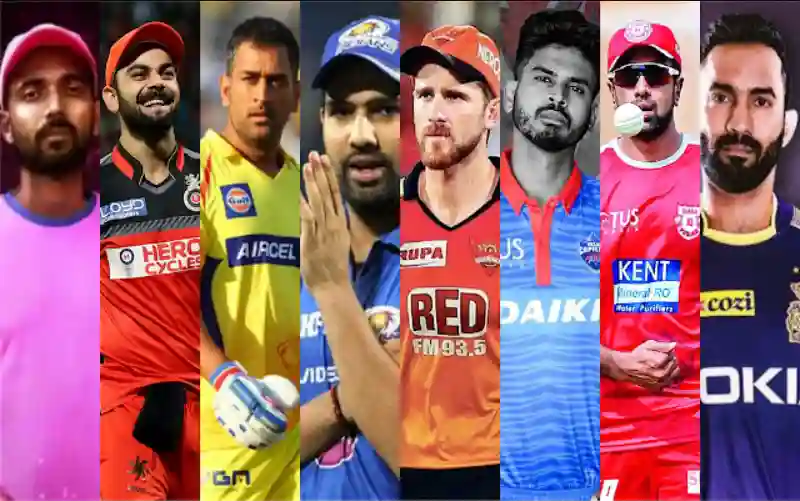
The Business Side: IPL as a Multi-Billion-Dollar Industry
Monetizing Cricket: The IPL has revolutionized the economics of cricket. The financial backing, sponsorship deals, and lucrative media rights have made it one of the richest sports leagues in the world. The league attracts significant investment from corporations and brands, and its advertising deals are worth millions of dollars.
Broadcasting Rights and Sponsorships: The broadcasting deal for IPL is among the most lucrative in the world of sports. In 2018, Star Sports acquired the broadcasting rights for ₹16,347.5 crores ($2.55 billion) for five years, demonstrating the financial power of IPL. Sponsorships from major brands further enhance its value, with brands like Vivo, Pepsi, and Dream11 heavily investing in the tournament.
Franchise Valuations: The financial success of IPL has also led to the increased valuation of franchises. Teams like Mumbai Indians and Chennai Super Kings have become multi-billion-dollar brands. The franchise system has been so successful that even other cricket boards are looking to adopt it.
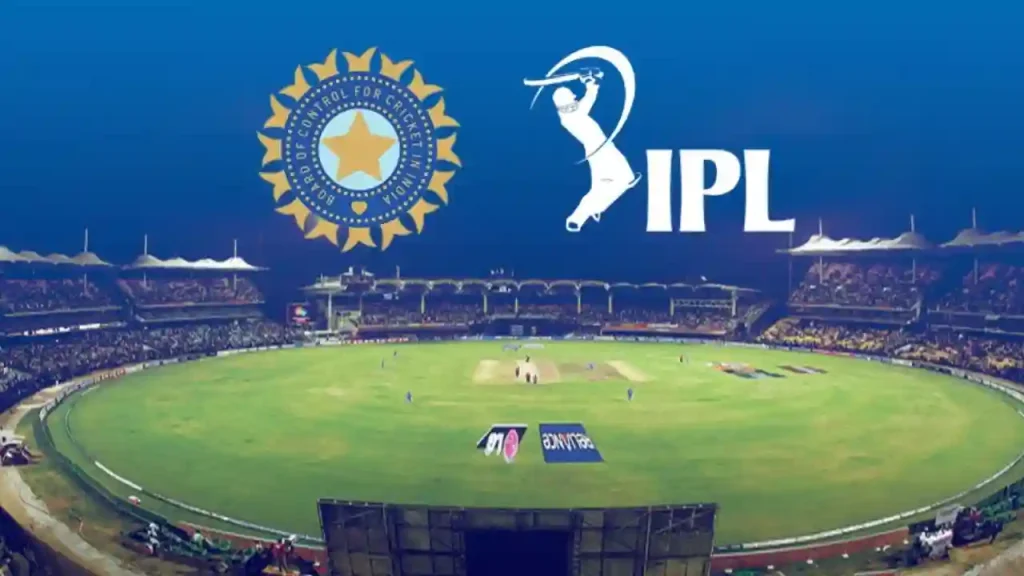
The IPL Impact on National Pride and Youth Culture
The IPL has created a significant cultural shift in India, where cricket is now not just a national pastime but a source of pride for entire regions.
Regional Pride: IPL teams are based in cities, making them highly representative of local cultures. This has led to intense rivalries between teams from different regions. The Mumbai Indians vs Chennai Super Kings rivalry, for example, is more than just a cricket match—it’s a battle for regional supremacy.
Youth Inspiration: IPL has given the youth of India a platform to dream big. With young players being drafted into IPL teams and becoming national heroes, the league has sparked a new generation of cricketers to take up the sport.
Social Influence: Beyond cricket, IPL has had a significant social impact. Players who emerge as stars are looked up to by millions of young fans. IPL has also created a trend of fitness and professionalism, encouraging young cricketers to focus on their physical fitness and performance.
IPL Winners from 2008 to 2024
Year | Winner | Runner-Up |
2008 | Rajasthan Royals | Chennai Super Kings |
2009 | Deccan Chargers | Royal Challengers Bangalore |
2010 | Chennai Super Kings | Mumbai Indians |
2011 | Chennai Super Kings | Royal Challengers Bangalore |
2012 | Kolkata Knight Riders | Chennai Super Kings |
2013 | Mumbai Indians | Chennai Super Kings |
2014 | Kolkata Knight Riders | Punjab Kings |
2015 | Mumbai Indians | Chennai Super Kings |
2016 | Sunrisers Hyderabad | Royal Challengers Bangalore |
2017 | Mumbai Indians | Rising Pune Supergiants |
2018 | Chennai Super Kings | Sunrisers Hyderabad |
2019 | Mumbai Indians | Chennai Super Kings |
2020 | Mumbai Indians | Delhi Capitals |
2021 | Chennai Super Kings | Kolkata Knight Riders |
2022 | Gujarat Titans | Rajasthan Royals |
2023 | Chennai Super Kings | Gujarat Titans |
2024 | TBD | TBD |
With its remarkable blend of cricket, business, and entertainment, the IPL has indeed become a force that has changed the face of cricket forever.
IPL’s Influence on T20 Cricket and Global Leagues
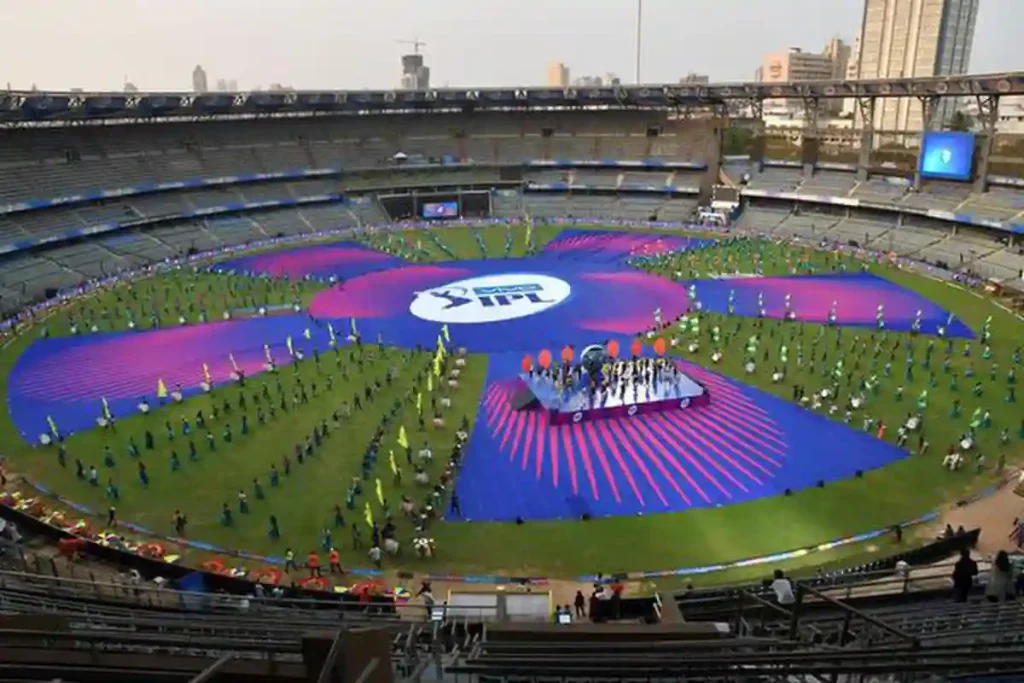
Global Expansion: The IPL’s success inspired several other countries to start their own T20 leagues, such as the Big Bash League (BBL) in Australia, Caribbean Premier League (CPL) in the West Indies, and Pakistan Super League (PSL). This created a more globalized cricketing ecosystem, where T20 leagues from different nations attract global stars and fans alike.
Innovative Strategies: The IPL has also influenced the way teams play T20 cricket. With its emphasis on fast scoring and aggressive strategies, IPL has pushed teams to innovate in terms of batting, bowling, and field placements. The league has seen the rise of power-hitters and death-bowlers, which has now become a standard feature in T20 formats across the world.
Impact on International Schedules: The growing significance of IPL has also impacted international cricket schedules. National cricket boards now have to balance IPL with international series, and the tournament has become a key event in the cricketing calendar. This has led to a shift in how cricketers manage their fitness and workload, as they often have to juggle IPL commitments with national duties.
Challenges and Criticisms
Despite its success, IPL has faced several challenges and criticisms over the years.
Match-Fixing Scandals: The IPL was rocked by match-fixing and betting scandals in 2013, leading to suspensions and bans on certain players and officials. These incidents tarnished the league’s reputation, though steps were taken to improve the governance and transparency of the league.
Over-commercialization: Critics argue that the commercialization of the IPL has led to the prioritization of entertainment over the essence of cricket. The heavy focus on business deals, media rights, and star power has, at times, overshadowed the sporting element.
Player Fatigue: The crowded schedule of IPL, with matches spread over two months, has led to concerns about player fatigue, especially with international cricketers playing in multiple leagues and tournaments. This has raised questions about the long-term health of players.
Conclusion: The IPL Legacy
In just over a decade, IPL has transformed the landscape of cricket, bringing glamour, business, and global attention to the sport. From nurturing young talent to changing the way cricket is consumed, IPL has truly changed the face of cricket forever. As we look ahead to the future, IPL’s legacy will undoubtedly continue to shape the sport, creating more opportunities for players and fans alike, and ensuring that cricket remains at the heart of India’s sporting culture.
ReadMore: pakistan super league: A Decade of Glory
